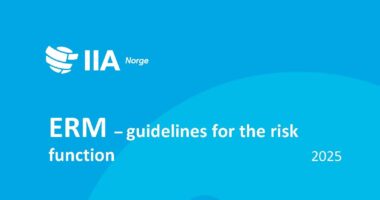This Practical Guidance is developed to help internal auditors address some of the key risks identified in Risk in Focus 2021, with the aim of contributing to the reduction of their impacts on businesses and stakeholders and to better harness their opportunities.
How to tackle associated risks and harness opportunities?
This Practical Guidance is part of the Risk in Focus 2021 publication.
Environmental challenges are of a growing importance for all organisations. It is undeniable that this is now a strategic preoccupation for all organisations, encouraged by their internal and external stakeholders – to become more resilient to environmental risks and to directly contribute to the environmental sustainability of our society. In fact, the risk is already proven, the consequences on businesses are measurable. Sustainable Development Goals (SDGs) are increasingly being adopted.
There is growing attention amongst all stakeholders (from investors to clients) on how ESG (Environment, Social and Governance) matters are integrated into business activities. Non-financial and financial information is now considered as an integrated component to measure what is called the multi-capital performance of organisations. Internal auditors have measured the importance of climate change and environmental risks. In Risk in Focus 2021, 22 % of CAEs cited climate change and environmental sustainability as one of their organisation’s top five risks, a more than 50 % increase on the 14 % who said the same in last year’s Risk in Focus survey. Moreover, 41 % of CAEs are anticipating it being a top five risk in three years’ time. No other risk area is expected to gain more in priority over this period.
The guidance explains to internal auditors how they can assist organisations in this area.




